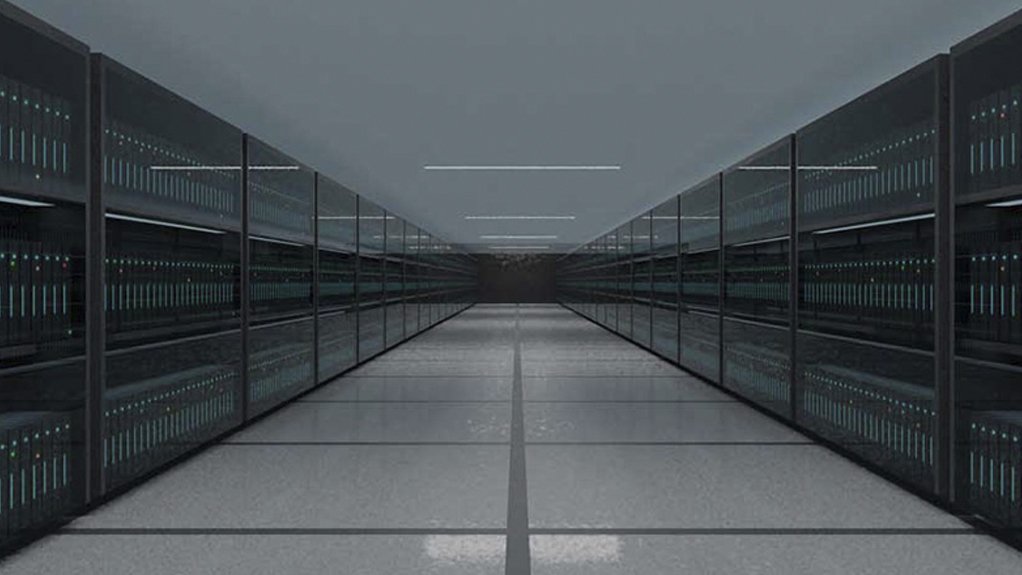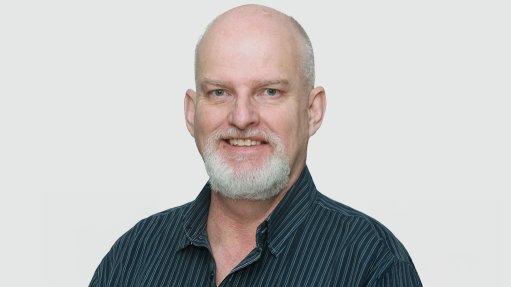Innovation, regulation, cybersecurity dominate 2025 AI trends


Key trends to impact the AI and computing sector in 2025 include power and cooling infrastructure innovation, data centre energy availability challenges, industry collaboration to drive AI factory development, AI's implications on a cybersecurity front, and regulations
With the growing adoption and further development of AI, the technology is continuing to reshape the data centre industry – a reality reflected in the projected 2025 data centre trends determined by critical digital infrastructure and continuity solutions provider Vertiv, which it reported at its Powering the AI Era conference, on November 20, in Bologna, Italy.
The company’s experts anticipate increased industry innovation and integration to support high-density computing, regulatory scrutiny around AI and an increasing focus on sustainability and cybersecurity efforts.
“Our experts correctly identified the proliferation of AI and the need to transition to more complex liquid- and air-cooling strategies as a trend for 2024, and activity on that front is expected to further accelerate and evolve in 2025,” said Vertiv CEO Giordano Albertazzi.
With AI driving rack densities into the three- and four-digit kilowatt range, he noted that the need for advanced and scalable solutions to power and cool those racks, lower their environmental footprint and empower these emerging AI factories, had never been higher.
“We anticipate significant progress on that front in 2025 and our customers demand it.”
In terms of the key trends for the new year, Vertiv experts forecast that the impact of computer-intensive workloads will intensify, with the industry managing the sudden change in a variety of ways, such as advanced computing continuing to shift from central processing units to graphics processing units to leverage the latter’s parallel computing power and the higher thermal design point of modern chips.
However, such a move will further stress existing power and cooling systems and push data centre operators toward cold-plate and immersion cooling solutions that remove heat at a rack level. Vertiv notes that enterprise data centres will be impacted by this trend, as AI use expands beyond early cloud and colocation providers.
In terms of AI racks, uninterrupted power supply systems, batteries, power distribution equipment and switchgear with higher power densities to handle AI loads that can fluctuate from a 10% idle to a 150% overload in a flash, will also be required.
As for cooling, Vertiv forecasts that hybrid cooling systems – with liquid-to-liquid, liquid-to-air and liquid-to-refrigerant configurations – will evolve in rackmount, perimeter and row-based cabinet models that can be deployed in brownfield and greenfield applications.
Servers, Vertiv’s experts predict, will increasingly be integrated with the infrastructure needed to support them, including factory-integrated liquid cooling, ultimately making manufacturing and assembly more efficient, deployment faster, equipment footprint smaller, and increasing system energy efficiency.
BALLOONING ENERGY DEMAND
Data centre energy demand is the second key factor spotlighted for the new year, with Vertiv noting that overextended grids and increasing power demands are changing how data centres consume power. Globally, data centres use an average of 1% to 2% of the world’s power, but Vertiv experts point out that AI is driving increases in consumption that are likely to push that to between 3% and 4% by 2030.
Expected increases may place demands on the grid that many utilities cannot handle, Vertiv notes, adding that this will attract regulatory attention from governments around the globe and might be accompanied by restrictions on data centre builds and energy use.
In 2024, Vertiv predicted a trend toward energy alternatives and microgrid deployments, and in 2025 the company sees an acceleration of this trend, with real movement toward prioritising and seeking out energy-efficient solutions and energy alternatives that are new to this arena.
In this vein, fuel cells and alternative battery chemistries are increasingly available for microgrid energy options. For the longer-term, multiple companies are developing small modular reactors for data centres and other large power consumers, with availability expected toward the end of the decade.
“Progress on this front bears watching in 2025,” Vertiv notes.
COLLABORATION CATALYST, CYBERSECURITY IMPLICATIONS
With average rack densities increasing steadily over the past few years, Vertiv experts point out that predictions of AI factory racks of 500 kW to 1 000 kW, or higher, represent an “unprecedented disruption” in an industry supported by an average density of 8.2 kW in 2020.
As a result of the rapid changes, Vertiv notes that chip developers, customers, power and cooling infrastructure manufacturers, utilities and other industry stakeholders will increasingly partner to develop and support transparent roadmaps to enable AI adoption.
In terms of cybersecurity, Vertiv explains that the increasing frequency and severity of ransomware attacks is driving a new, broader look at cybersecurity processes and the role the data centre community plays in preventing such attacks.
While one-third of all attacks in 2023 involved some form of ransomware or extortion, Vertiv notes that the current perpetrators are leveraging AI tools to ramp up their assaults, cast a wider net and deploy more sophisticated approaches.
Attacks increasingly started with an AI-supported hack of control systems, embedded devices or connected hardware and infrastructure systems that were not always built to meet the same security requirements as other network components, Vertiv noted.
Without proper diligence, Vertiv warns that even the most sophisticated data centre can be rendered “useless”.
REGULATIONS
As the final key trend for 2025, Vertiv expects the potential for regulations to increasingly address the use of AI itself, with global governments and regulatory bodies racing to assess the implications of AI and develop governance for its use.
The trend toward sovereign AI – a nation’s control or influence over the development, deployment and regulation of AI and regulatory frameworks aimed at governing AI – is a focus of the EU’s Artificial Intelligence Act and China’s Cybersecurity Law and its AI Safety Governance Framework.
Vertiv also points out that Denmark recently inaugurated its own sovereign AI supercomputer, and many other countries have undertaken their own sovereign AI projects and legislative processes to further regulatory frameworks – an indication of the trajectory of the trend.
“Some form of guidance is inevitable, and restrictions are possible, if not likely,” states Vertiv.
Article Enquiry
Email Article
Save Article
Feedback
To advertise email advertising@creamermedia.co.za or click here
Comments
Press Office
Announcements
What's On
Subscribe to improve your user experience...
Option 1 (equivalent of R125 a month):
Receive a weekly copy of Creamer Media's Engineering News & Mining Weekly magazine
(print copy for those in South Africa and e-magazine for those outside of South Africa)
Receive daily email newsletters
Access to full search results
Access archive of magazine back copies
Access to Projects in Progress
Access to ONE Research Report of your choice in PDF format
Option 2 (equivalent of R375 a month):
All benefits from Option 1
PLUS
Access to Creamer Media's Research Channel Africa for ALL Research Reports, in PDF format, on various industrial and mining sectors
including Electricity; Water; Energy Transition; Hydrogen; Roads, Rail and Ports; Coal; Gold; Platinum; Battery Metals; etc.
Already a subscriber?
Forgotten your password?
Receive weekly copy of Creamer Media's Engineering News & Mining Weekly magazine (print copy for those in South Africa and e-magazine for those outside of South Africa)
➕
Recieve daily email newsletters
➕
Access to full search results
➕
Access archive of magazine back copies
➕
Access to Projects in Progress
➕
Access to ONE Research Report of your choice in PDF format
RESEARCH CHANNEL AFRICA
R4500 (equivalent of R375 a month)
SUBSCRIBEAll benefits from Option 1
➕
Access to Creamer Media's Research Channel Africa for ALL Research Reports on various industrial and mining sectors, in PDF format, including on:
Electricity
➕
Water
➕
Energy Transition
➕
Hydrogen
➕
Roads, Rail and Ports
➕
Coal
➕
Gold
➕
Platinum
➕
Battery Metals
➕
etc.
Receive all benefits from Option 1 or Option 2 delivered to numerous people at your company
➕
Multiple User names and Passwords for simultaneous log-ins
➕
Intranet integration access to all in your organisation



















